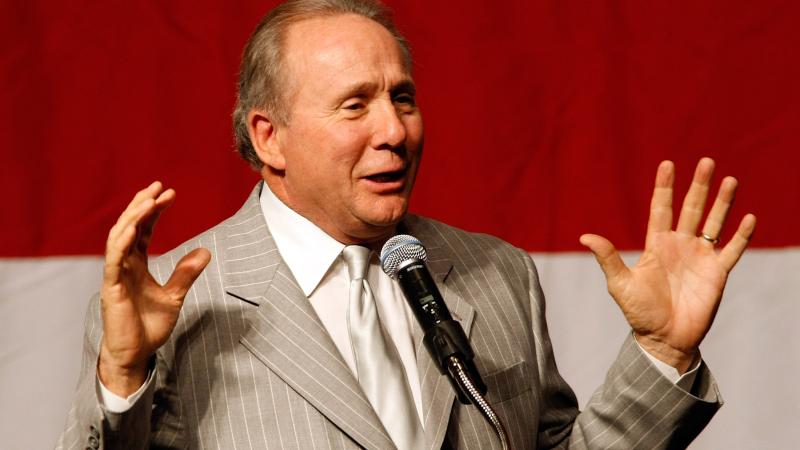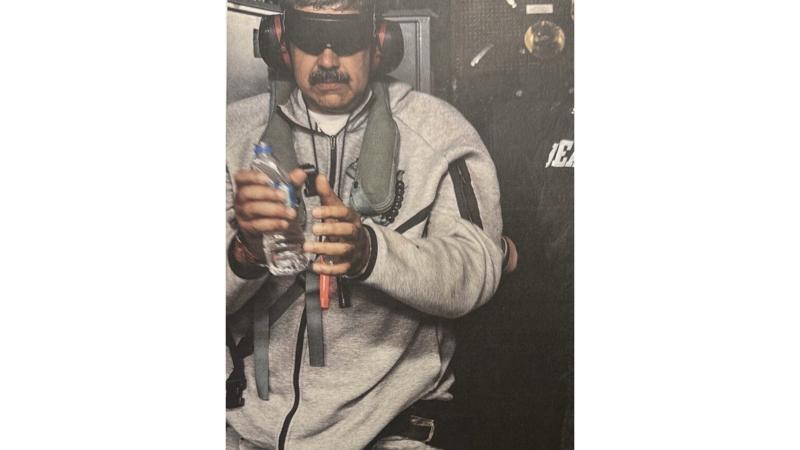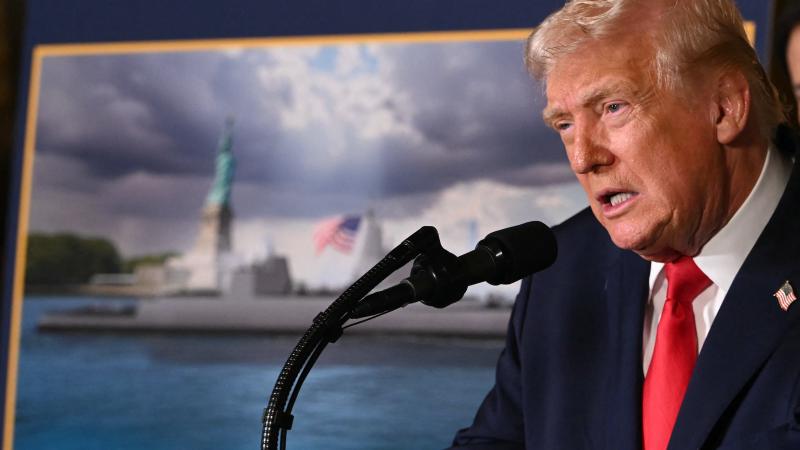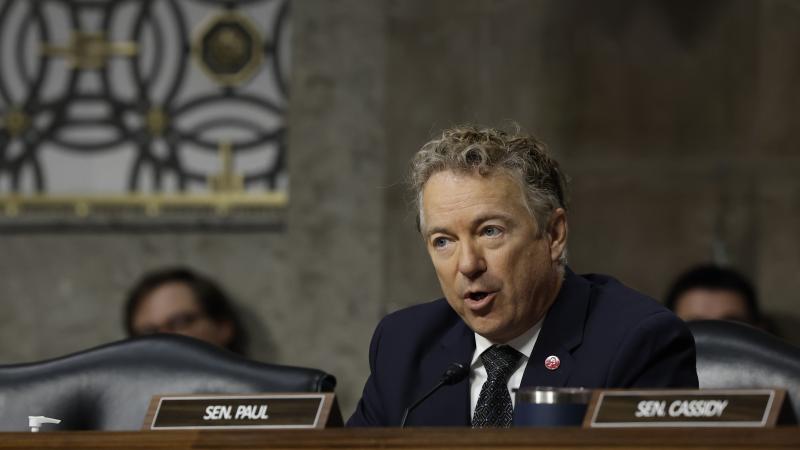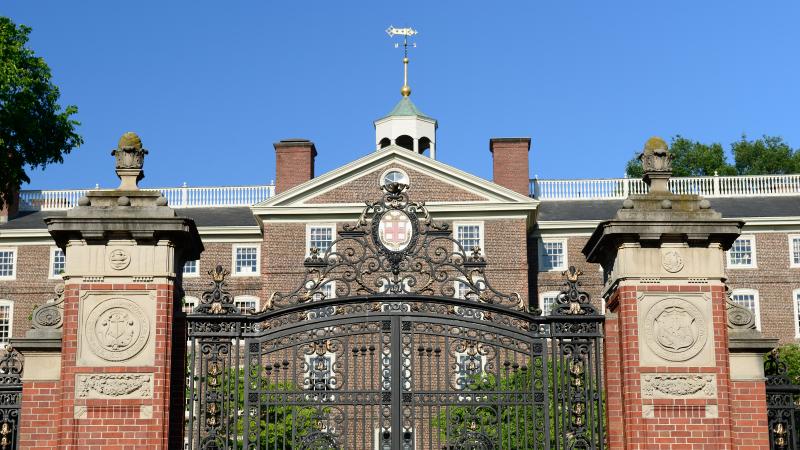Polling industry faces reckoning after second consecutive failure to capture Trump vote
Razor-close finish to race exposes limits to polling's predictive powers.
The 2020 election has once again upended the predictions of the polling industry, treating Americans to another nail-biter of a presidential race in spite of countless national and state-level polls showing a solid edge for Democratic challenger Joe Biden over incumbent Donald Trump.
Trump's 2016 win came after virtually every national poll showed his opponent Hillary Clinton as the clear frontrunner. Some of the final polls had Clinton ahead as far as six points, outside the margin of error for many polls. The ubiquity of Clinton's lead in those surveys led to estimates that she had a better-than-90% chance of winning the election she would eventually lose.
Polls in the lead-up to Tuesday's election showed Biden with a similar edge; in many states his lead on Trump significantly exceeded Clinton's in 2016. An NBC News/Marist poll on Monday had Biden up by five points in Pennsylvania, for instance; a Monmouth poll on the same day put his lead at seven points. A Quinnipiac poll, meanwhile, had Biden ahead by five in Florida.
Trump handily won Florida early on in Tuesday night's returns. By Wednesday evening, meanwhile, he was holding onto a 4-point lead in Pennsylvania with most of the votes already counted in that state, though many mail-in ballots remained to be tallied there.
Margins of error can allow for surprise upsets
Following the shock of Trump's victory in 2016, pollsters and pundits dove into lengthy analyses of that year's polling, seeking to explain how so many sophisticated data operations could have missed such an astonishing upset, in which Trump carried 30 states and 306 electoral votes.
Defenders of the polling industry, including some pollsters themselves, have argued that many 2016 polls were by-and-large reflective of the final outcome of that year's race, at least when the margin of error was factored in. In the context of political polling, the margin of error is the number of percentage points a poll may swing in either direction given the inherent difficulties in wide-scale opinion sampling.
Scott Rasmussen, a veteran pollster who conducts the Just the News Daily Poll, wrote earlier this year that "while the polling [in 2016] was good, the analysis of the polling was not."
"Many in the media and political worlds simply could not imagine a Clinton loss," he wrote in April. "Some looked at the polling, noted the margin of error, and assumed the Democratic nominee would win by far more than three percentage points."
The tendency for most media coverage to reflect the progressive sensibilities of progressive reporters likely contributed to the pre-election perception that Clinton would win. But "the actual public polling in 2016 was far better than the pundits' analysis of that polling data," Rasmussen said.
Swing state polls can provide biggest shocks
Rasmussen in April noted an exception to his argument that most polls were on-point: poll numbers in Wisconsin suggested that Clinton "was projected to win by 6.5 percentage points," but Trump won the state by just under a point. That victory was critical for Trump's path to the White House.
If 2016's polls were mostly accurate, it was swing-state polls that ended up throwing a wrench into everyone's expectations that year. A similar dynamic played out on Tuesday: Numerous polls ahead of Tuesday's election offered Biden what appeared to be an insurmountable edge in critical swing states, suggesting what looked like an even larger advantage than Clinton believed she enjoyed four years ago.
A CNBC poll put the Democratic challenger eight points ahead in Wisconsin, while another CNBC poll had him seven points ahead in Michigan, and a Reuters poll had him 10 points ahead in that state. A New York Times poll, meanwhile, put him a whopping 11 points ahead in Wisconsin. As of Wednesday evening, Biden had taken Wisconsin and Michigan, but only by razor-thin margins of less than a point each.
Rasmussen on Wednesday said on the podcast John Solomon Reports that the notable failure of so many polls in 2020 will likely bring about a "reckoning" for "the entire political forecasting industry."
"I think the problem with the entire industry is we're focusing on politicians, not voters," he said. "I think in some way we need to get away from the obsession about candidates and begin to talk a little more humbly about how results will be reported."
The election was still in play on Wednesday evening, but it looks increasingly in Biden's favor. A very possible Trump loss could still give some measure of vindication to pollsters who spent the last year pointing to Trump's defeat and Biden's victory.
But the down-to-the-wire races in critical states that were projected to go easily for Biden suggest that, whatever the outcome, many polls once again failed to capture a critical political undercurrent throughout much of the country, indicating flawed methodologies that are overlooking the political opinions of large swaths of American voters.
Polls have inherent predictive difficulties
Pollsters face numerous hurdles in drawing up polls that are ideally representative of the American electorate, including ensuring that the sample populations from which they are drawn are representative of the various demographics in American life.
One argument put forth by some polling experts has been that many Trump voters —conscious of the social stigma that often comes with voicing political support for Donald Trump— are reluctant to reveal their true political preferences to pollsters over the phone or via email, a phenomenon some say lead to polls incorrectly skewed in favor of Clinton in 2016.
Robert Cahaly, the director of the renegade polling outfit known as the Trafalgar Group, was among the few pollsters in 2016 to have accurately predicted Trump's 2016 victory, right down to the number of electoral votes he won. Cahaly has claimed that his polling methods account for what he calls "shy Trump supporters" who keep quiet about their intent to vote for Trump.
Cahaly this year also predicted a Trump win, once again claiming that Trump voters were muting themselves over what social scientists call "social desirability bias."
"What do the average people think?" Cahaly told the New York Times this week. "And to [learn] that I like to talk to average people. I like to follow up polling calls and chat with people for 30 minutes."
Trafalgar this year was among the few polling outfits who found consistently encouraging numbers for Trump in key states, including Florida, Pennsylvania and Michigan. By Wednesday evening Trump had taken Florida, lost Michigan by less than a percentage point, and was still enjoying a modest lead in Pennsylvania.







